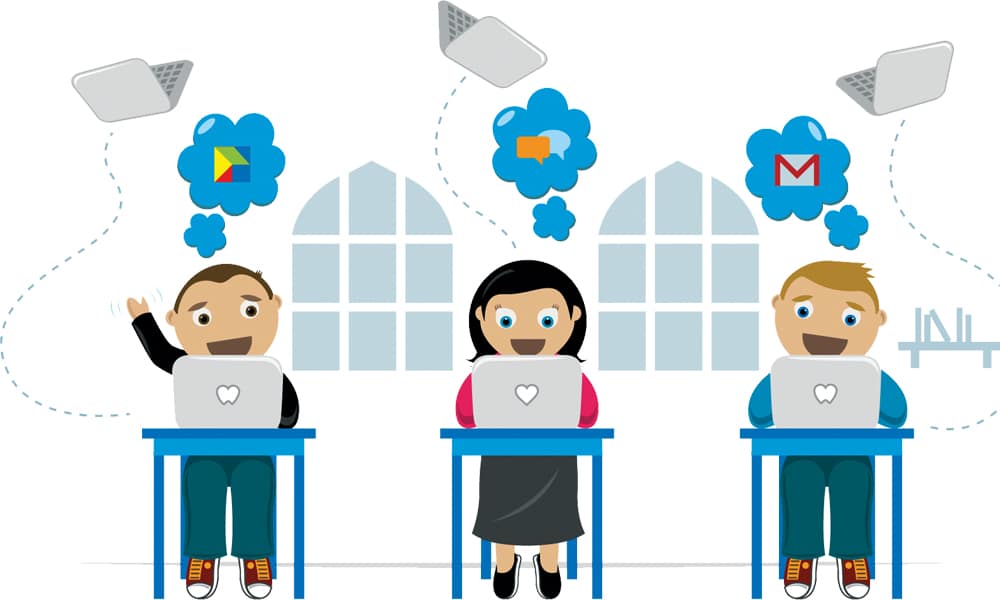Introduction:
In the digital age, the quest for knowledge has transcended the confines of traditional classrooms. Educational portals have emerged as dynamic gateways to a wealth of information, offering learners a diverse range of resources and interactive tools. This article delves into the world of educational portals, exploring how they unlock knowledge and revolutionize the learning experience.
The Evolution of Educational Portals:
Educational portals represent the evolution of learning in the digital era. Initially conceived as online repositories of educational materials, these portals have evolved into multifaceted platforms that go beyond textbooks. They now incorporate interactive features, multimedia content, and Educational tools, providing a comprehensive and immersive learning experience.
Diverse Learning Resources:
One of the key strengths of educational portals is the vast array of learning resources they offer. From e-books and video lectures to interactive simulations and quizzes, these portals cater to diverse learning styles. Learners can access a trove of information on various subjects, allowing them to explore and deepen their understanding in ways that traditional learning resources may not provide.
Personalized Learning Paths:
Educational portals harness the power of technology to create personalized learning paths for students. Adaptive algorithms analyze individual learning styles, preferences, and progress, tailoring content to meet specific needs. This personalized approach not only enhances comprehension but also ensures that learners can progress at their own pace, fostering a deeper and more lasting understanding of the material.
Interactive and Engaging Content:
The integration of multimedia elements within educational portals transforms learning from a passive to an active experience. Videos, simulations, and interactive modules captivate learners’ attention, making complex topics more accessible and enjoyable. This approach not only enhances engagement but also promotes critical thinking and problem-solving skills as students interact with the content in a dynamic way.
Real-time Collaboration and Communication:
Educational portals facilitate real-time collaboration and communication among students and educators. Discussion forums, chat features, and collaborative projects create a virtual classroom environment, fostering a sense of community. This interconnectedness enables learners to share insights, seek assistance, and engage in meaningful discussions, enriching the overall learning experience.
Continuous Assessment and Feedback:
Another notable feature of educational portals is the integration of continuous assessment tools. Regular quizzes, assessments, and instant feedback mechanisms empower learners to gauge their progress and identify areas that require further attention. This iterative feedback loop not only reinforces learning but also promotes a growth mindset, encouraging students to view challenges as opportunities for improvement.
Accessibility and Inclusivity:
Educational portals contribute to the democratization of education by enhancing accessibility and inclusivity. With content available 24/7, learners can study at their own convenience, breaking down barriers of time and location. Additionally, features such as closed captioning and language options ensure that the content is accessible to a diverse global audience, promoting inclusivity in education.
Conclusion:
In the journey towards unlocking knowledge, educational portals stand as beacons of innovation and inclusivity. By offering diverse learning resources, personalized learning paths, interactive content, real-time collaboration, continuous assessment, and enhanced accessibility, these portals are reshaping the educational landscape. As we navigate the educational portal, we unlock not only knowledge but also a transformative learning experience that transcends the boundaries of traditional education, preparing learners for the challenges and opportunities of the future.

